Why is load securing important?
No one wants the nasty surprise of finding out their cargo has fallen off and is scattered all over the road. Securing your load properly, whether that’s on a lorry or on a trailer, is your responsibility. Making sure your load is attached safely to your vehicle stops any mishaps, and prevents endangering others on the road. According to statistics, 24,000 drivers in the UK have come into contact with road debris as a result of unsecured loads. Road accidents caused by falling objects are preventable if you know how to properly secure loads.
How to secure your load
Fastening items securely to a chosen vehicle is the most important part of transporting items, but there are a few things to think about before you load up your vehicle.
Is your vehicle fit for purpose?
Properly securing your load begins with having the right vehicle available. Picking a vehicle that suits your needs is vital – it will avoid stacking cargo dangerously high and unnecessarily weighing down your transport. There’s also a max weight that every vehicle can take. So, complying with government guidelines on the maximum load weight for your vehicle is not only important, it’s a legal requirement and dangerous to ignore. Having a quick read of the DVSA’s guide to lorry types and weights will ensure that you’re ready to get on the road with a properly secured load.
Is your vehicle loaded properly?
Before we get on to how to secure your load, it’s important to check that you haven’t overloaded your vehicle. If you have overloaded your vehicle, then you’ve failed at the first hurdle and it’ll be difficult to safely transport your cargo at all. Not to mention, overloading makes it hard to stop quickly in an emergency and also prevents your steering from working as effectively. Damage to roads and bridges can occur as a result of heavy loads on inappropriate vehicles – so, next time you decide to add another box or object, well… we suggest you don’t.
Secondly, it’s all about load placement – heavier loads should be at the bottom whereas the lighter packages should be on top. This prevents the vehicle from rolling due to being top heavy, and stops things escaping. Having your load safely stacked before securing lessens the risk of cargo falling when unloading; it needs to be stable on its own. You might even want to add extra support by including transport frames or stillages before securing with your chosen ropes or our 5mm bungee cords.
Choose a securing method and material
So, you’ve picked a vehicle and you’ve loaded it to government standards. Now you need to select a load securing method that suits your vehicle and your cargo. The main goal of your securing method is to prevent movement – you don’t want anything sliding around. Damage to your items can occur if your cargo is not secured.
Ratchet straps, chains, bungee cords and ropes are a few of the options you have when it comes to selecting a material for your load securing method. For ropes and bungee cords, it’s important to knot them effectively so that they don’t come undone. Luckily, there are countless videos on YouTube explaining how to tie strong knots – why not take a look before your next loading?
Have you used enough restraint?
Overestimate, don’t underestimate. A moving vehicle requires a lot more force than a stationary vehicle, so be wary of your loads when it’s moving. If you feel that your load requires more support, add in some extra bungee cords, ropes or whatever equipment you decide to use. You can never overdo it on restraints.
How to use bungee cords to secure a load
Bungee cords are great shock absorbers and are useful for securing loads under tarpaulins, or tying items together. Our ‘lastoflex’ bungee cords are ideal for those loads that won’t stop moving in the back of your trailer, van or lorry. As bungee cords are very stretchy, it’s important to invest in good quality cords – you don’t want to run the risk of them snapping. In general, bungee cords are better used for lighter weighted objects, but if you have heavier loads, then an alternative product – such as ratchet straps – could be a better option. Or, reinforce your bungee cords with accessories. Accessories can be added to bungee cords to make the securing process fast and efficient – with an extra bit of stability. We also recommend trying out our bungee straps for a smoother loading experience.
If you have any queries about load securing, get in touch and let us help you pick the best equipment for your cargo.
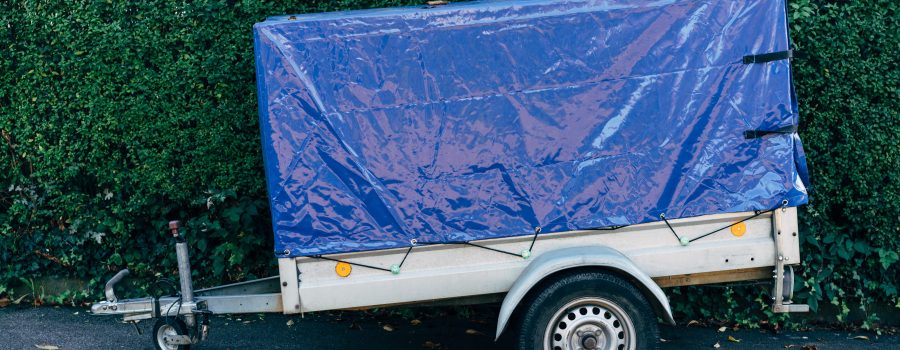
 US 550 Paracord White
From: £6.09
US 550 Paracord White
From: £6.09
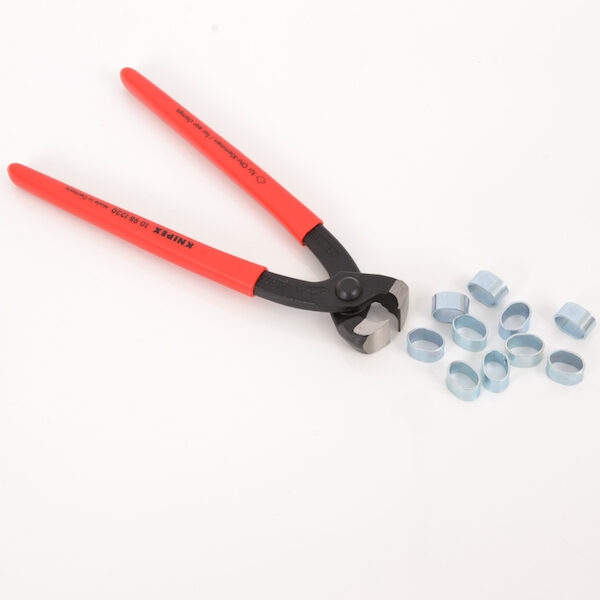 Ring Pincers
Ring Pincers
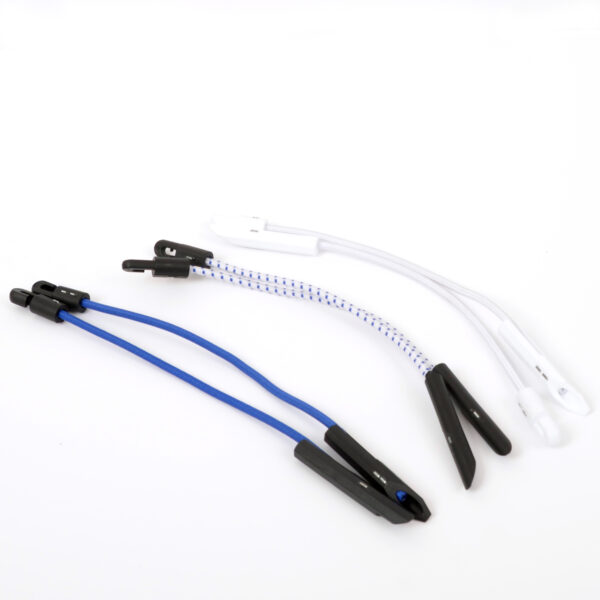 5mm x 300mm Elastic Bungee Toggle Ties
From: £2.49
5mm x 300mm Elastic Bungee Toggle Ties
From: £2.49
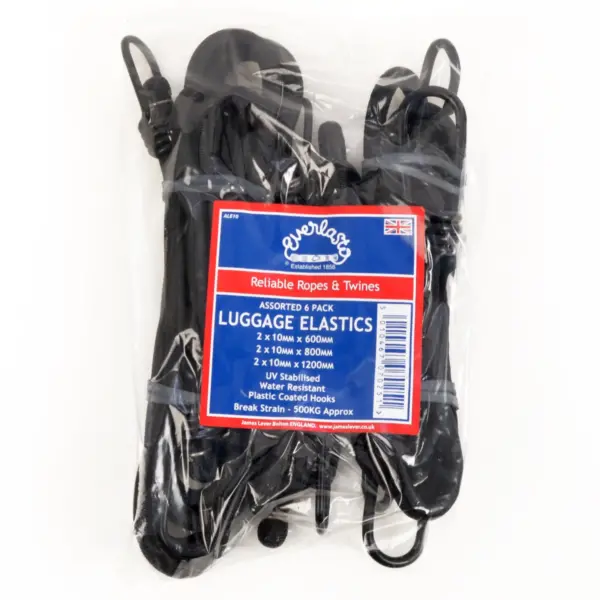 6 Pack - Assorted10mm Luggage Elastics
From: £4.47
6 Pack - Assorted10mm Luggage Elastics
From: £4.47
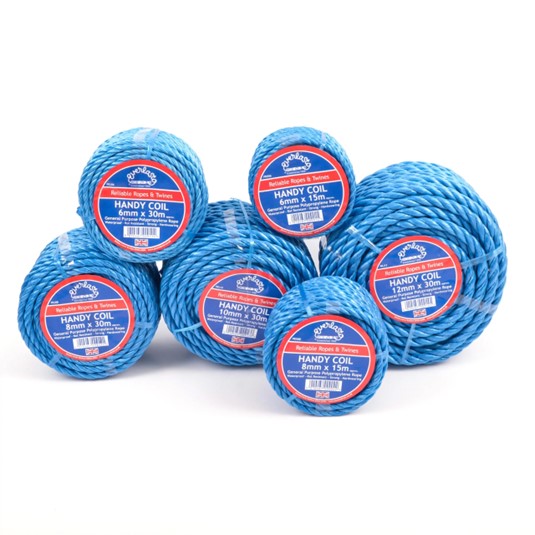 Polypropylene Cargo Rope 6mm
From: £1.51
Polypropylene Cargo Rope 6mm
From: £1.51
 Polypropylene Cargo Rope 12mm
From: £3.18
Polypropylene Cargo Rope 12mm
From: £3.18
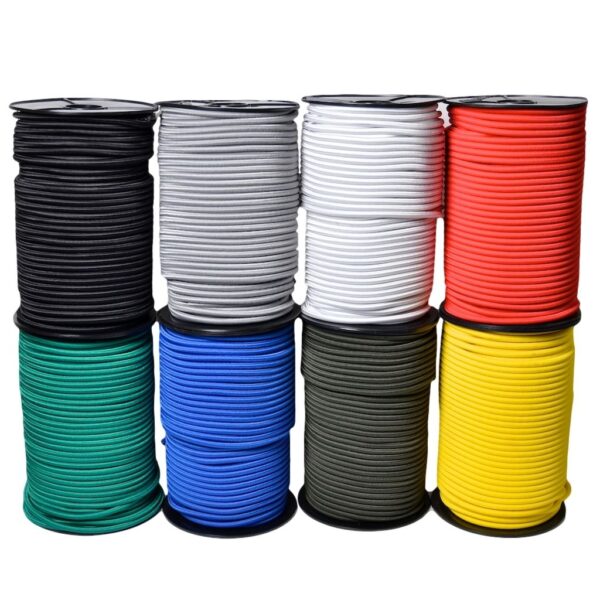 Lastoflex Bungee Cord 8mm
From: £8.60
Lastoflex Bungee Cord 8mm
From: £8.60
 Lastoflex Bungee Cord 10mm
From: £9.55
Lastoflex Bungee Cord 10mm
From: £9.55
 Lastoflex 6mm Bungee Cord
From: £3.89
Lastoflex 6mm Bungee Cord
From: £3.89



